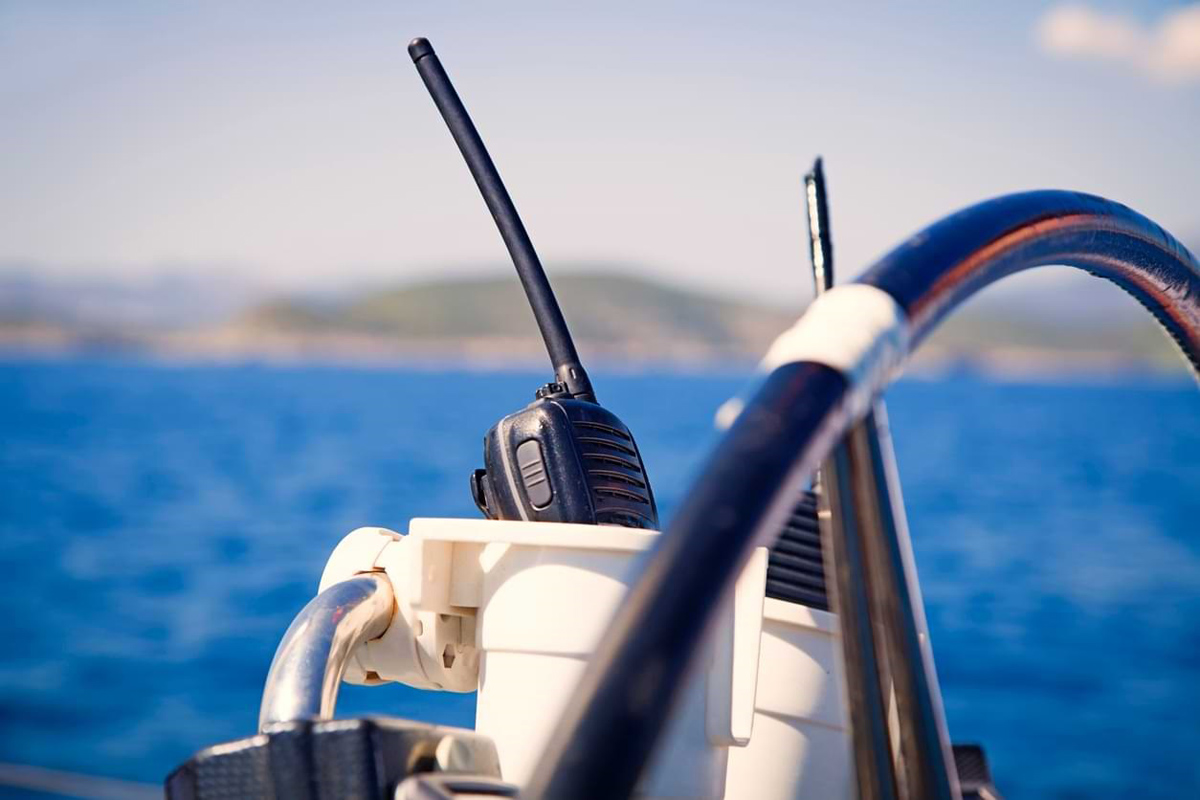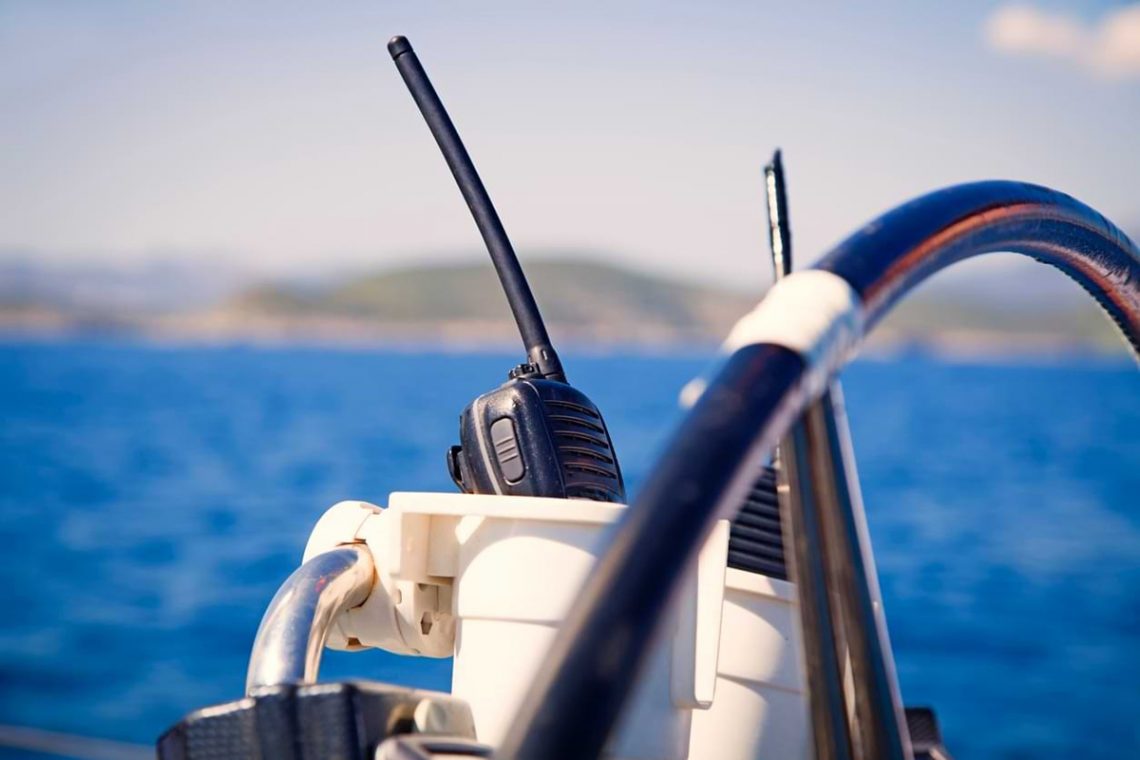
10 mistakes to avoid when using the VHF radio
Among the communication systems used on a cruising sailboat is the VHF radio, an essential device for calling the Coast Guard in case of difficulty or emergency, notifying a port of an imminent arrival, or contacting other sailors to say “Hello”, share information, or avoid potential collisions. In Italy, VHF is legally required for anyone sailing beyond 6 miles from the coast.
Marine VHF radio is a worldwide communication system used by ships and yachts, as well as by aircrafts such as planes and helicopters. It is a two-way communication method, meaning it both sends and receives messages via very high frequency (VHF) radio waves. Typically, professional sailors, recreational boaters, aviators, and land-based controllers use these frequencies for safety and transparency. A portable VHF usually has a range of about 9 miles, while a fixed installation can reach around 14 miles. However, the geographic location and weather conditions can increase or reduce these ranges.
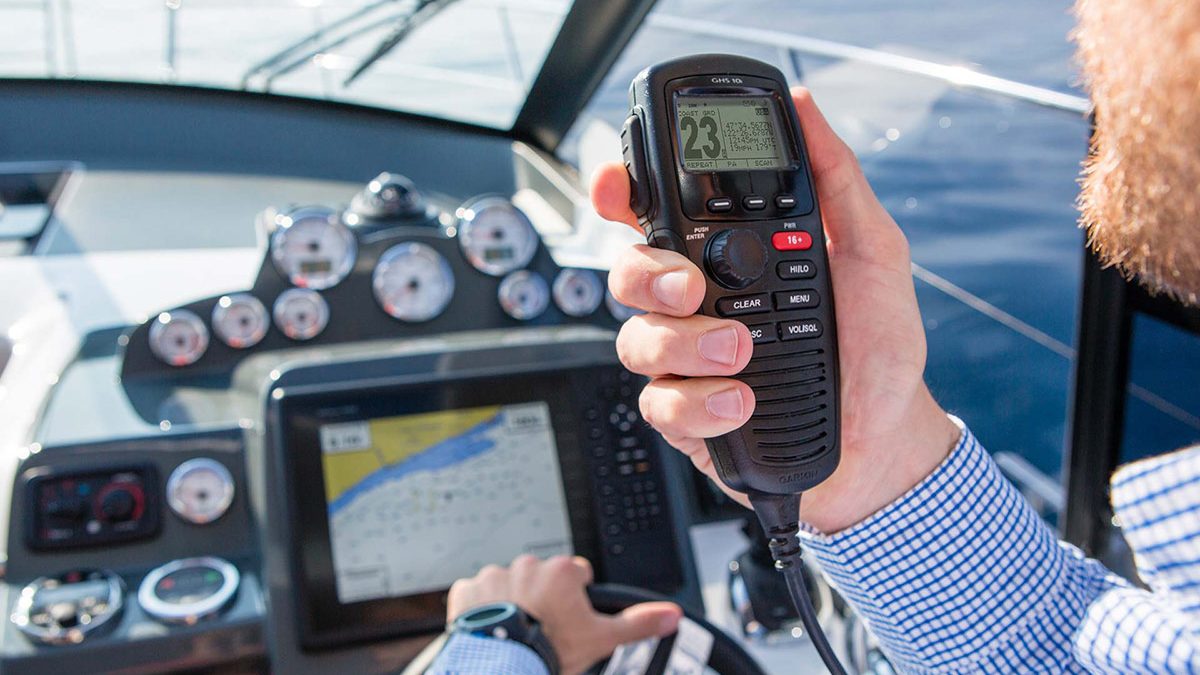
The VHF radio has its own set of rules and etiquette that must be followed
When you start sailing and gain access to these channels and devices, it’s essential to follow certain rules and best practices. Let’s take a look at some common mistakes to avoid when using VHF radio frequencies aboard a sailboat during a cruise.
01. Not listening before speaking
Among all the standard VHF radio practices, this is one to keep firmly in mind. VHF channels follow a specific etiquette, and it’s important to be mindful of what is said and done. When joining a channel, take a moment to pause and listen to ongoing conversations before speaking. Avoid interrupting others or talking over them, and wait for a clear gap in the conversation before you chime in.
02. Speaking on VHF radio without identifying yourself
There’s a reason your boat has a name. When you start speaking on the VHF radio, make sure to identify yourself with the name or call sign of your vessel. A boat’s call sign is a special combination of letters and numbers used to locate it and communicate with it by radio. Regulatory authorities assign these call signs to boats to make radio communications clearer and more efficient.
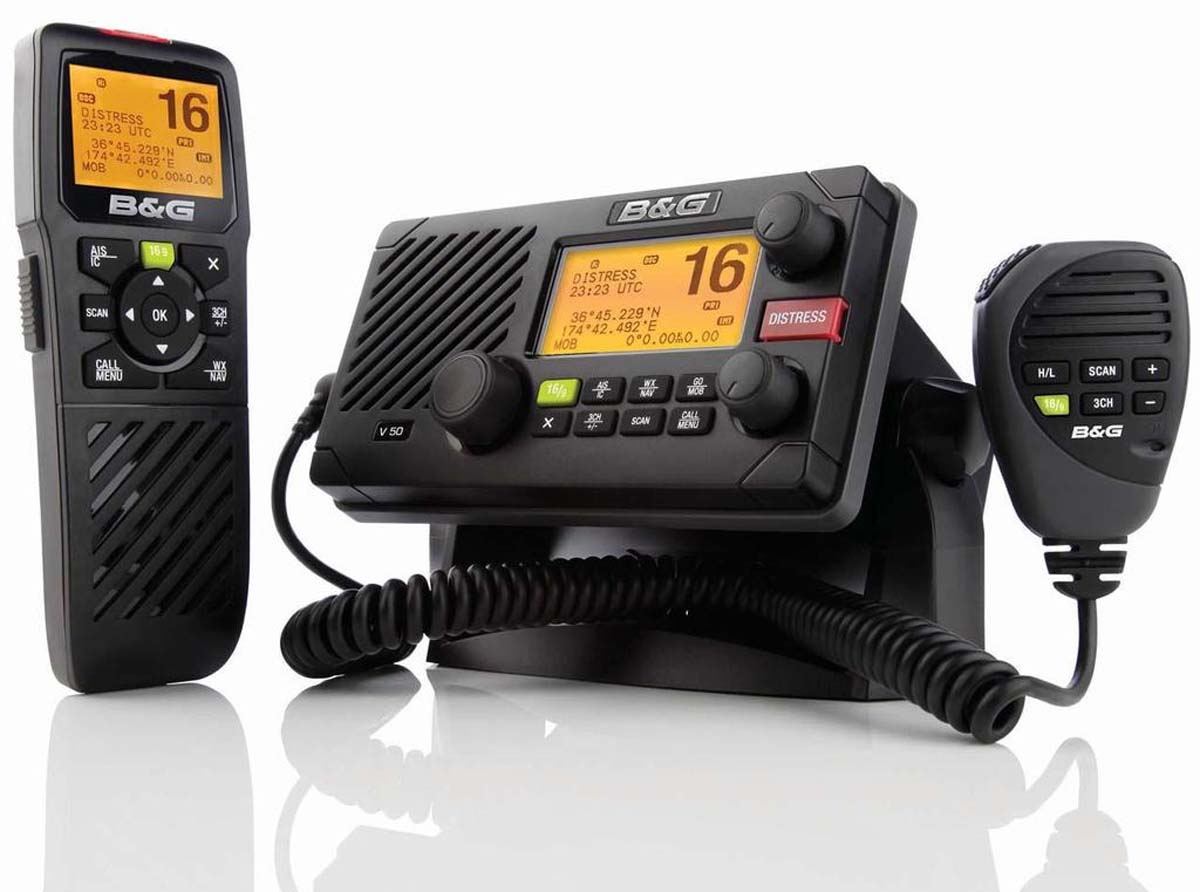
03. Avoid sending messages that are too long
When using a VHF radio on board, messages should be short and clear. Keep conversations concise and avoid off-topic or overly long discussions. If you need to chat with a friend, switch to another channel—but make sure it’s not reserved for emergencies or distress calls. Remember that all boats share the same channels, so your messages should be brief (under three minutes) and focused on important matters. To reach a friend, use their boat’s name and call sign. If you don’t know the name of their boat, avoid using your friend’s personal name and contact them by phone instead. Always keep channel 16 open for emergencies, and be aware that the Coast Guard may instruct you to stop if you misuse the channels.
04. Using the wrong channel
The national emergency, safety, and calling frequency is channel 16. Therefore, ships and yachts must tune in to this channel for essential safety updates and emergency assistance. Channel 16 is monitored by commercial radio operators for Coast Guard alerts, updates on “Navaid” (navigation aid), weather warnings, and messages to vessels. For all these reasons, channel 16 should never be used for conversations unrelated to safety or emergencies.
For boat-to-boat communications, it’s better to use channels 6, 8, 72, or 77. It’s also important to remember that Harbor Authorities use channel 9.
05. Pressing the push-to-talk button without speaking
It’s not uncommon to accidentally keep the push-to-talk button pressed after finishing a message on the VHF. Doing so, however, creates a loud, unpleasant noise over the airwaves. To avoid damaging the radio and to protect the ears of other sailors, make sure to press the push-to-talk button only while you are speaking.
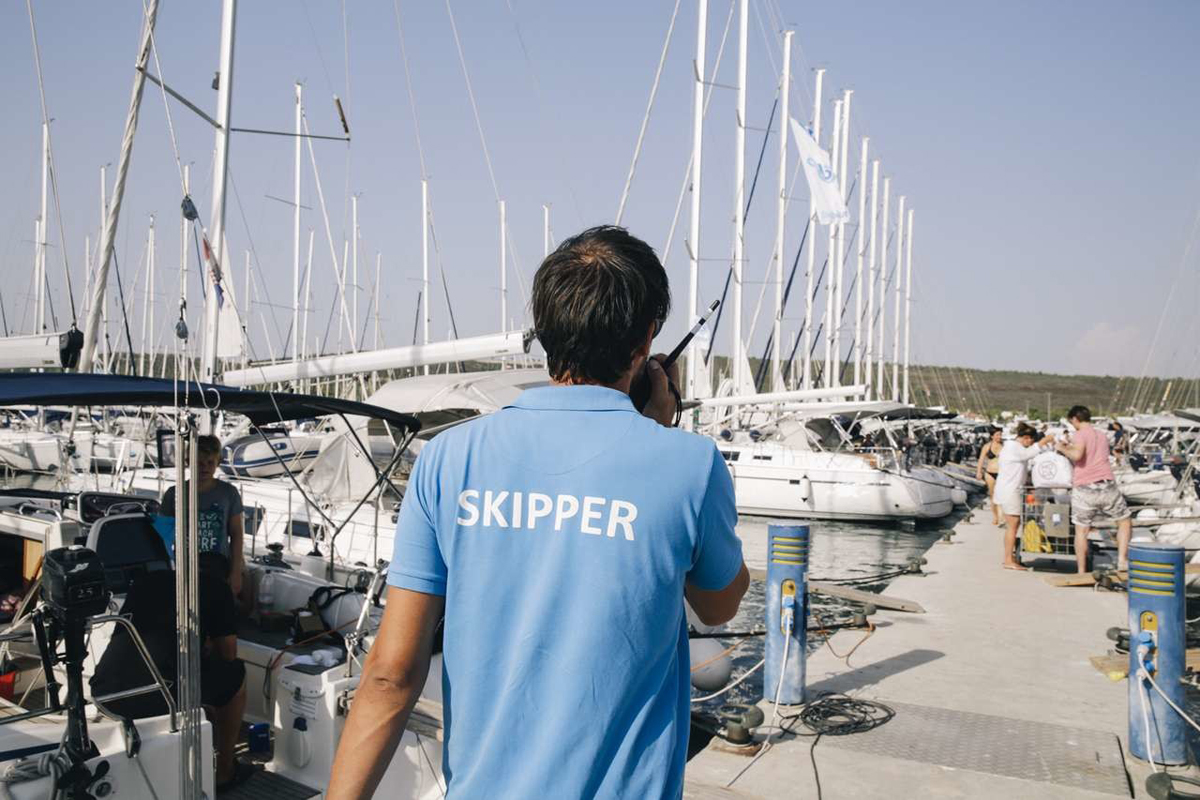
06. Avoid saying “Over” when you’re donespeaking
Saying “over” at the end of your message signals to others that you’ve finished your turn speaking and are waiting for a response. Communication is crucial when using a VHF radio on boats, and if a reply is not required, you can simply say “out.”
If you need to contact another vessel:
- Say its name three times, followed by the name of your own boat once.
- If there’s no response, wait two minutes before trying again.
- Do not call the same vessel more than three times, and wait at least 15 minutes after the third unsuccessful attempt before trying again.
07. Don’t let inexperienced children use the radio
If a child on board understands marine radio protocols and takes them seriously, they should be able to use the radio without issues. However, a VHF radio is not a toy, and children should not treat it as one. Avoid using inappropriate language, and never make emergency calls as a joke—this is illegal and strictly punishable.
08. Using a VHF radio without the proper license
Only those in possession of an RTF operating license, issued by the Ministry of Communications, are allowed to use the VHF radio. The radio installed on board a vessel is considered a “station” and, as such, has its own International Call Sign, consisting of two letters (“IY” or “IZ”) followed by a number that varies from vessel to vessel. Therefore, to use the VHF, at least one crew member must hold the Operator Certificate, which is also issued by the Ministry of Communications.

09. Failing to Check Radio Equipment Before Departure
Sailors should regularly check the onboard radios to ensure they are working properly while out sailing. Radios can wear out due to constant use and exposure to harsh conditions. Therefore, before casting off, it’s essential to verify that the transceiver, microphone, speaker, and power supply are all functioning correctly as part of your pre-departure checklist.
10. Using “radio slang” from movies
Movies and TV shows often exaggerate VHF radio conversations. Therefore, repeating language or phrases you’ve heard just once isn’t wise. Make sure to learn the correct nautical communication terminology before setting out.
In conclusion
As long as you follow the best practices for marine VHF radio and avoid the mistakes mentioned in this guide, you should be ready to use your radio with confidence, ensuring a safe and enjoyable sailing trip.
You May Also Like
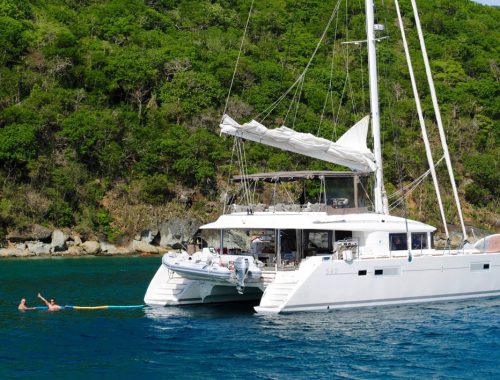
Explore Western Kvarner: sail on the azure seas and uncover ancient treasures
21/02/2023
7-day sailing itinerary to explore the Šibenik archipelago
10/11/2025



